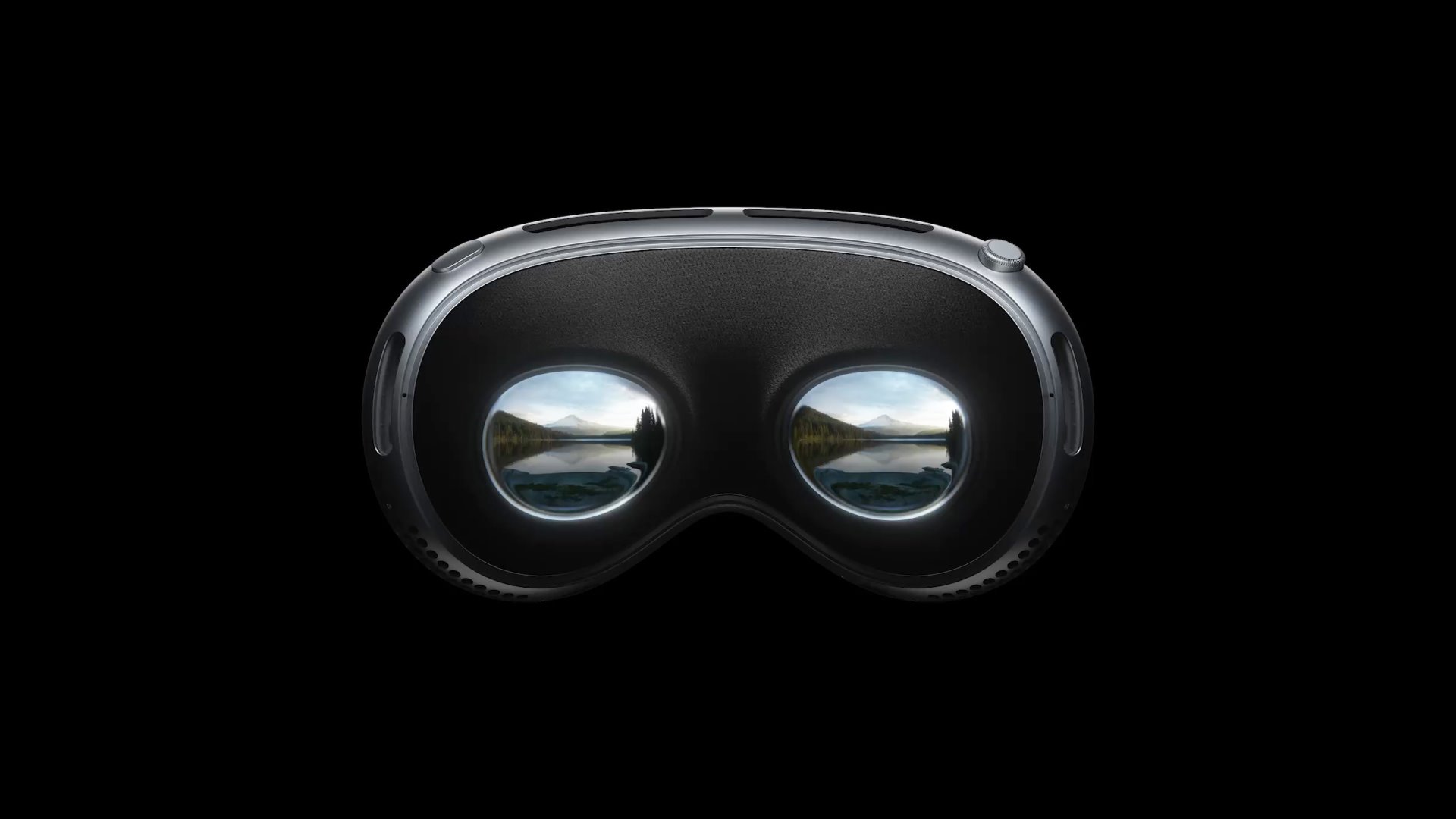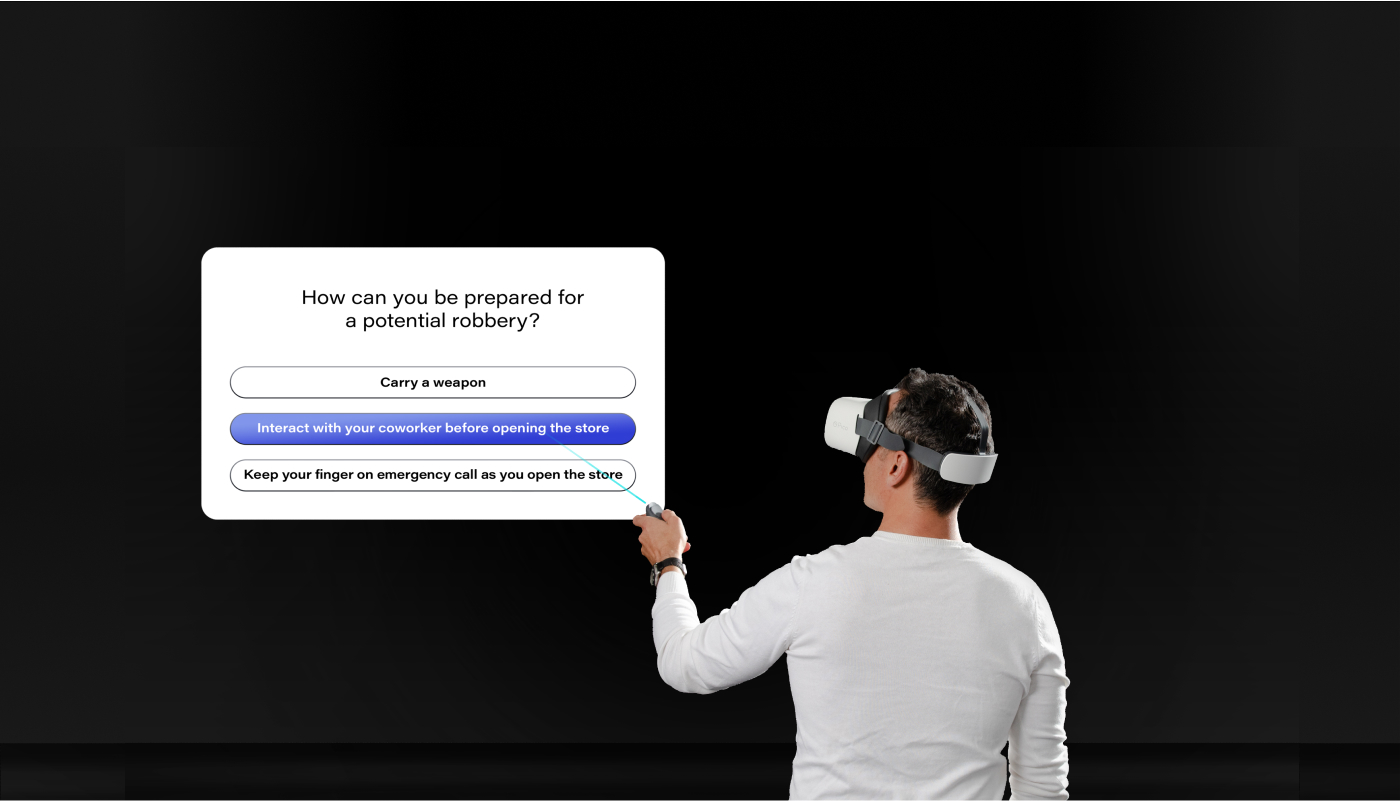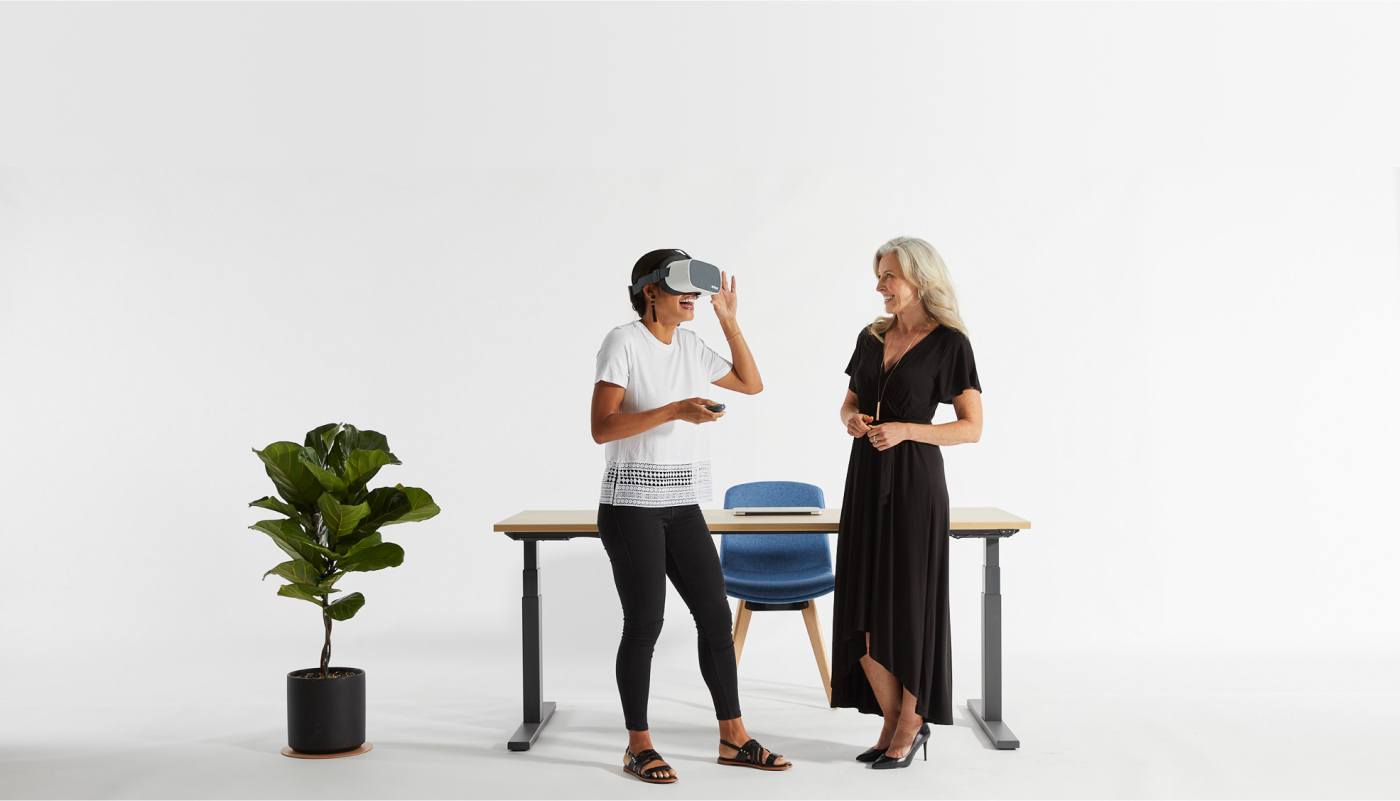Traditional employee training has been a pretty dry subject. Professional trainers, 2D manuals, in-person classes, and mentorship all have their place, but they also all have their weaknesses. As a general rule, when it comes to traditional training, there’s an inverse relationship at play: the more scalable and economical a training, the less effective.
Manuals and FAQs, for instance, are very easy to replicate and share but aren’t engaging. They’re mainly useful when a proactive employee takes the initiative to look something up. In-person training can be extremely effective, but it’s not scalable. Flying your best trainer around the country is expensive and time-consuming. And for many industries, learning on the job or via mentorship or apprenticeship introduces an element of risk.
The digital transformation of almost every company has increased the need for better, more engaged, scalable training, and modern training tools have evolved to meet that need. Today, tech in training plays a critical role in employee readiness across industries.
The status of modern training tools in the enterprise
While digitized employee manuals and e-learning platforms started it all, modern training tools have progressed way beyond learning on a screen. Tools like augmented reality (AR) and virtual reality (VR) enable companies to fully immerse and engage learners in highly realistic workplace scenarios to practice specific skills, including both hard and soft skills.
Enterprise VR training is one of the biggest steps forward for L&D, helping foster a much more effective learning environment than any traditional method. Immersive Learning is a specific type of enterprise VR training in which the learner is immersed in a virtual environment to simulate real-world scenarios such as safety training, threat response, customer service, and more. With Immersive Learning, employers can gather both quantitative and qualitative metrics on training performance and establish predictive analytics.
Most companies that offer Immersive Learning consider it part of their overall learning package in a model of blended learning. New hires or upskilling employees may experience a learning module in a headset before having the opportunity to try it out in a real situation, such as on a manufacturing floor or while face-to-face with a customer or patient. Because a learning experience in a headset can be repeated in an ad hoc or systematized way, Immersive Learning offers the opportunity for learners to become comfortable with a procedure or skill before they are thrown into a live environment.
Modern training tools for reskilling and upskilling workers
Technology is both causing and remedying the need to reskill and upskill workers. As AI and automation replace certain aspects of jobs, those workers are learning new skills and shifting to slightly different roles. But even for companies that have not been impacted by AI in this way, there is typically an ongoing need to reskill and upskill the workforce.
Having existing workers start traditional training programs from scratch is not necessarily an efficient way to achieve these goals, and it’s also challenging to dynamically update traditional training when what an organization needs from its people changes over time. Technology, and Immersive Learning in particular, can help quickly upskill or reskill employees.
The real advantage of tech in training: the ability to gather insights
Like everything else, employee training has become data-focused. With Immersive Learning, organizations can tap into highly specific learning data of several kinds:
Usage data: Essential information about who on the team has used the training, how many times, and for how long per session. This information is important for perspective against other training data, as well as for proving the ROI of the technology.
Performance data: Accurate data and insights into how well learners perform within Immersive Learning modules, on an individual level, across teams, and the entire organization.
Attention and engagement data: One of the most profound types of data that Immersive Learning provides is information on where learners’ attention lies within modules based on head movement, eye tracking, interactions, and clicks.
Attention and engagement data give L&D organizations an excellent gauge of how new hires and upskilling employees will perform on the job, but to get really granular about that, you need predictive analytics. Predictive models come from large data sets, so for most organizations, achieving a high level of prediction will only come when there’s enough data to build on — another selling point for Immersive Learning.
Advancing tech in training for happier, more productive, and safer employees
Few companies have been immune to digital transformation, and along with that movement has come the need for modern training tools such as Immersive Learning. To learn more about how companies like Walmart, Verizon, Sprouts, MGM, and JetBlue use Immersive Learning across various industries and use cases, read our customer stories.





